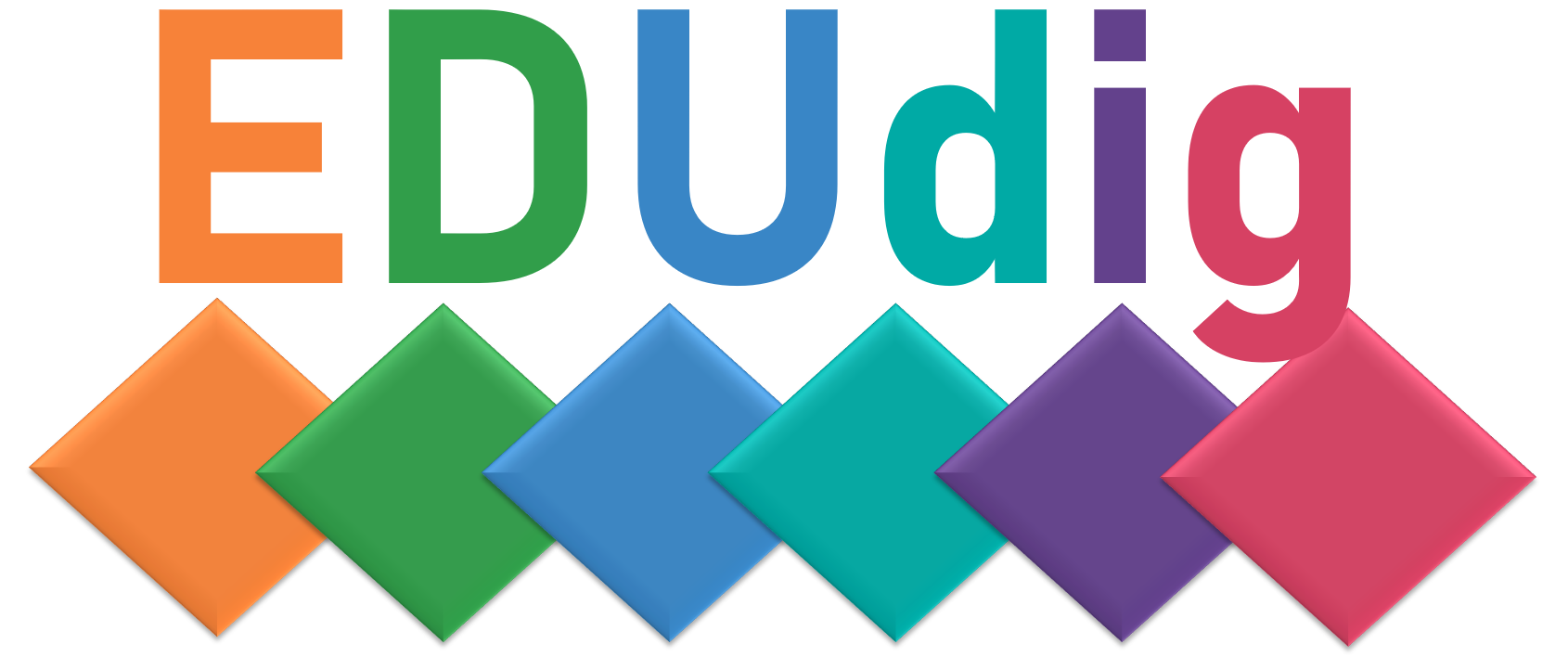Training
3.4 References
[1] Orooji, F., & Taghiyareh, F. (2015). Supporting participants in web-based collaborative learning activities from a holistic point of view: a tale of seven online and blended courses. Journal of Computers in Education, 2(2), 183–210.
[2] Smith, B.L., & MacGregor, J.T. (1992). What is collaborative learning? Washington Center for Improving the Quality of Undergraduate Education.
[3] Karakitsiou, D.E., Markou, A., Kyriakou, P., Pieri, M., Abuaita, M., Bourousis, E., Hido, T., Tsatsaragkou, A., Boukali, A., Burbure, C. De, & Dimoliatis, I.D.K. (2012). The good student is more than a listener–The 12+ 1 roles of the medical student. Medical teacher, 34(1), e1–e8.
[4] Kovarik, M.L., Robinson, J.K., & Wenzel, T.J. (2022). Why use active learning? In: T.J. Wenzel, M.L. Kovarik & J.K. Robinson (eds.) (2022). Active Learning in the Analytical Chemistry Curriculum. ACS Symposium Series Vol. 1409. Washington, DC: American Chemical Society Publications, 1–12.
[5] EduTrends (2016). EduTrends Gamificación.
[6] Leroux, M.-J. (2022a). Gamification for motivation.
[7] Leroux, M.-J. (2022b). Motivational vs. cognitive gamification.
[8] Veldkamp, A., van de Grint, L., Knippels, M.C.P., & van Joolingen, W.R. (2020). Escape education: A systematic review on escape rooms in education. Educational Research Review, 31, 100364.
[9] Ross, W. (2023). What is a podcast and how do they work?
